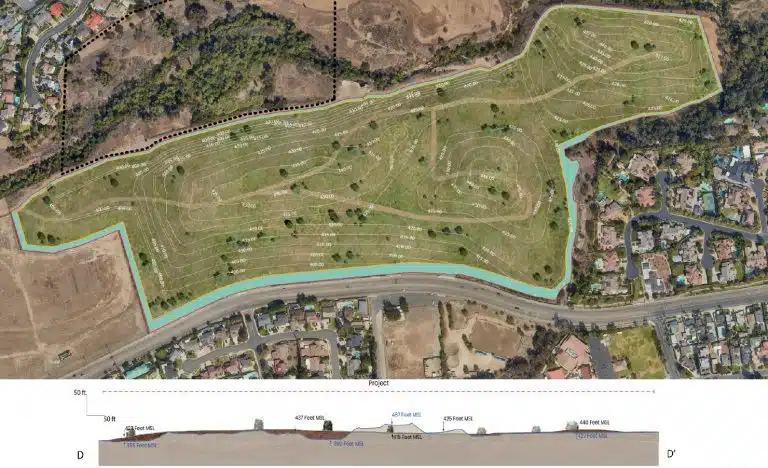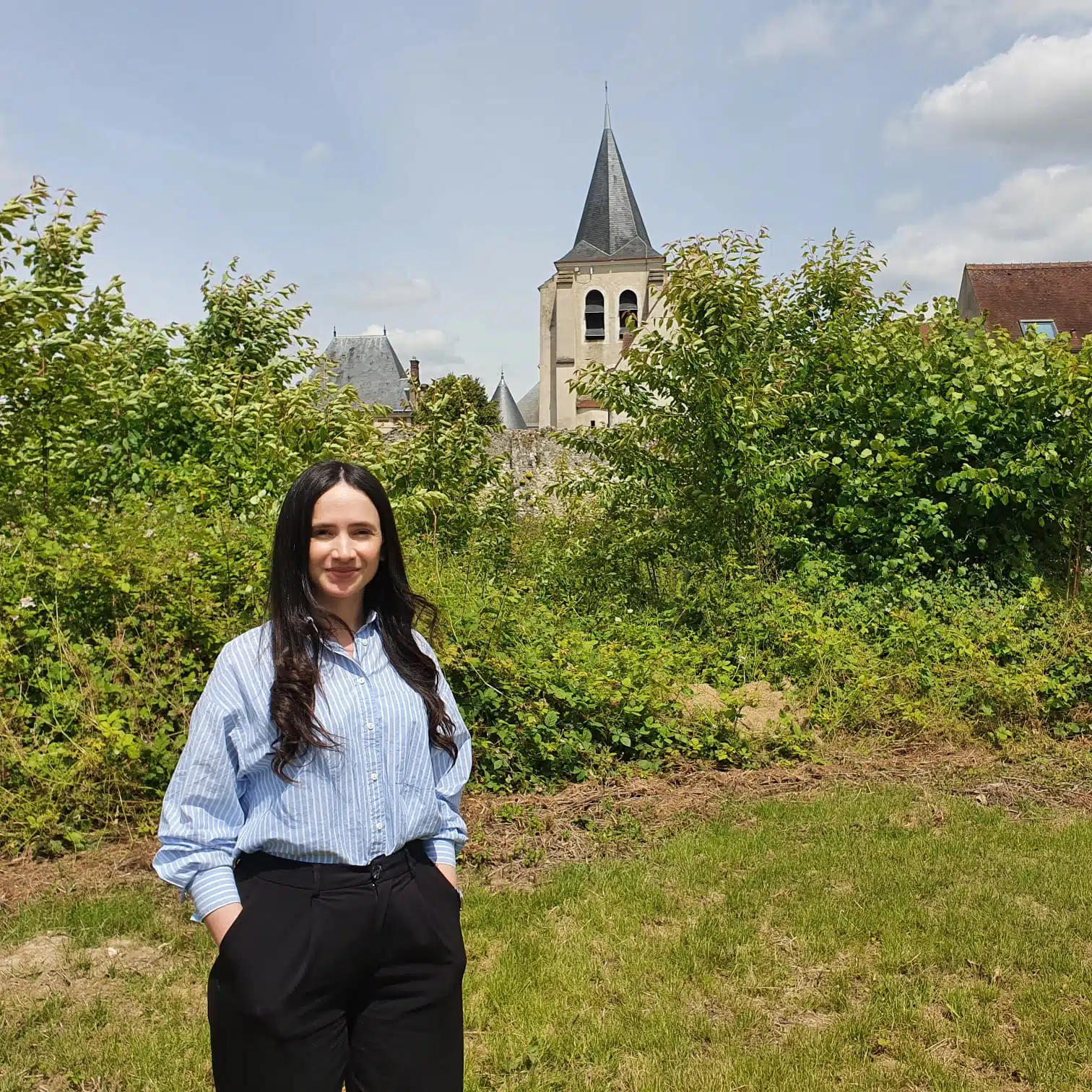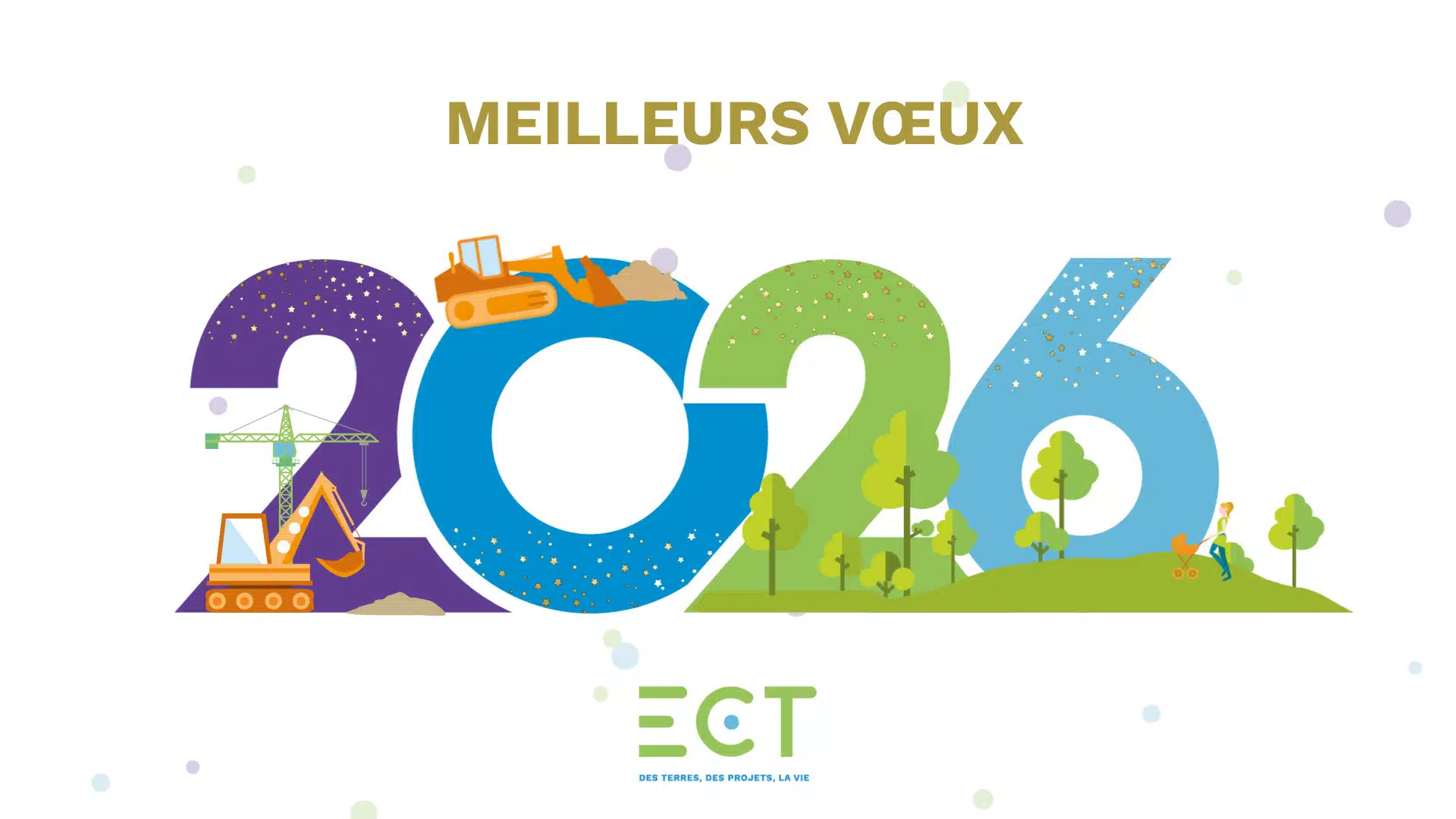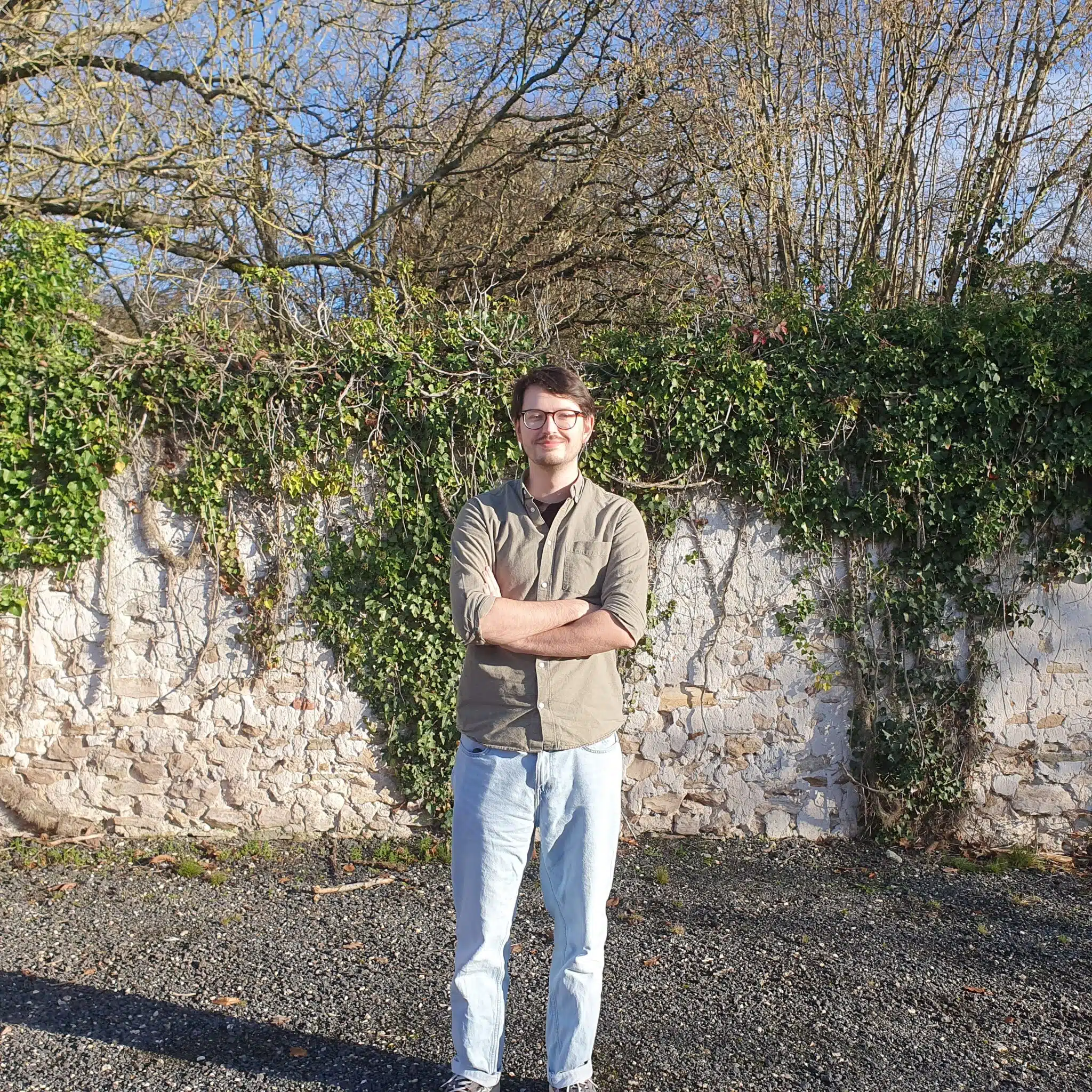“To breathe new life into the neglected site, the new landscaping must be functional, aesthetically pleasing and environmentally friendly.”
Since the beginning of 2024, Ouiza Irkakene has been ECT’s landscape designer. His background and commitment to ecology applied to the landscape find a direct application in his work on our projects.
Why does a landscape designer come to work on ECT sites?
My career path has taken me from architecture to landscape. After a Master’s 2 in ecological landscape design at Paris Saclay / École du Breuil and a first position in an agency, I was interested in the particular angle proposed by ECT. As an architect, I was intrigued by the fate of excavated soil on building sites. What happens to them? With ECT, this circular approach is combined with the rehabilitation of derelict land. It’s an excellent opportunity to test the possibilities of an ecology applied to an unbuilt project, which must develop a new use for the site and the restoration of natural environments. From the preliminary design to the planting of the last tree, ECT has worked hard to put nature at the heart of the project. And all at no cost to the community, financed by the reuse of inert soil from the construction industry. A great program!
What is your experience of eco-design projects?
I’m very keen to carry out landscape diagnostics. This detailed assessment of a site’s history, characteristics and potential is essential. It is a guide for defining the new use of the site and adapting the landscape design to the future development. This requires dialogue with ECT’s development department, which liaises with local authorities and government departments, as well as with ECT’s biodiversity consultant and ecology consultants.
It is also impossible to work without taking into account the volumes and shapes of excavated soil required for projects. The challenge is to ensure harmonious integration into the environment by connecting spaces. The project will reinforce the green webs and we will choose native species. In the case of agricultural enhancements, this reinforces the interest of hedgerows. To bring the derelict site back to life, the new layout must be functional, aesthetic and ecological.
Internal decision-making is facilitated by the production of landscape plans, aerial views or photomontages of projects and their variants. This is an important aspect of work feedback, which facilitates exchanges with local authorities and the administration.



